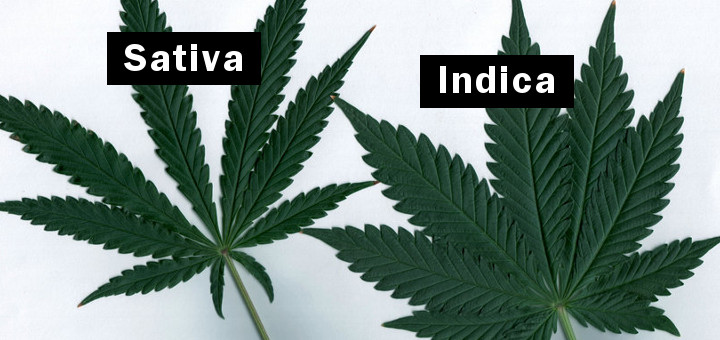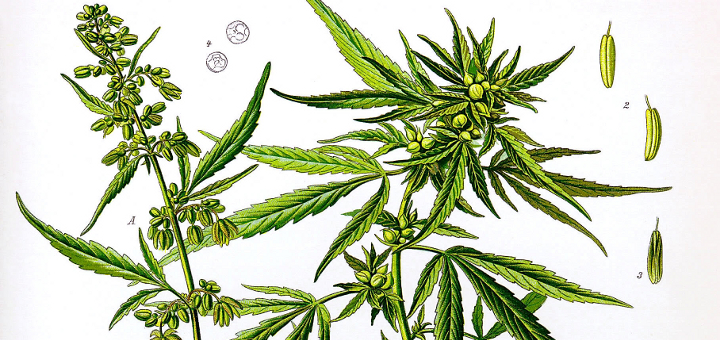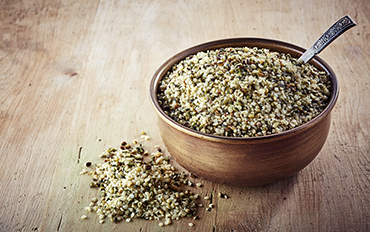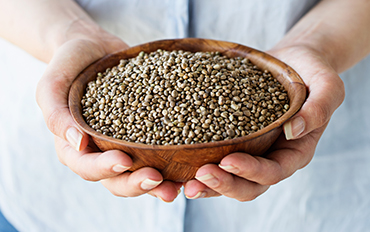The differences between Hemp and Marijuana
The word cannabis often brings to mind images of a burning joint or a bong filling up with white smoke. Most of the time, the term wouldn’t be equated with plant-based plastics, durable paper or military grade fabric.

Hemp and marijuana are two popular names for the cannabis plant.
The word cannabis often brings to mind images of a burning joint or a bong filling up with white smoke. Most of the time, the term wouldn’t be equated with plant-based plastics, durable paper or military grade fabric.

But in reality, cannabis has just as much to do with these industrial hemp products as it does with the recreational drug better known as marijuana or pot. This begs the question — how is hemp different from marijuana?
Cannabis is believed to be one of the oldest domesticated crops. Throughout history, humans have grown different varieties of cannabis for industrial and medical uses.
Tall, sturdy plants were grown by early civilizations to make a variety of foods, oils and textiles, such as rope and fabrics. These plants were bred with other plants with the same characteristics, leading to the type of cannabis we now know as hemp.
Other plants were recognized for being psychoactive and were bred selectively for medical and religious purposes. This led to unique varieties of cannabis that we now know as marijuana.
According to Dan Sutton of Tantulus Labs, a Canadian company that specializes in cannabis cultivation technology, “the core agricultural differences between medical cannabis and hemp are largely in their genetic parentage and cultivation environment.”
In fact, scientists believe the early separation of the cannabis gene pool led to two distinct types of cannabis plants. The two species (or subspecies) of cannabis are known as Cannabis indica and Cannabis sativa.
RESEARCH
The strict laws surrounding both forms of cannabis — hemp and marijuana — makes any research very difficult.
“The political implications of that scheduling, from a research perspective, are limiting,” explains Sutton. “To my knowledge, of the thousands of academic and research bodies in the United States and Canada whom would be equipped to perform agricultural or medical research on this unique species, only around 40 have actual research licenses to study the plant in a limited context.”
Despite these barriers, researchers are making progress in understanding the way medical marijuana works to assist in managing an ever-expanding list of disorders.
What’s more, developments in hemp technology continue to reveal new and intriguing ways that this industrial plant can contribute to society in the future. Recently, researchers at the University of Alberta created a supercapacitor using raw hemp material, making the manufacturing of cheap, fast-charging batteries from hemp a real possibility.
Hemp fibre is also being used to develop new forms of renewable plastic, which has made it a common material in the car parts industry.
But as legalization spreads across the globe, the opportunities to explore the potential of the cannabis grows too. The possibilities are endless, and this is one thing hemp and marijuana have in common.
For more information, click here.
Source: leafscience.com


